The Fort Hood Army shooting that left four dead, including the gunman, and wounded 16 others has sparked difficult questions about shooter Ivan Lopez's mental health and medications he was taking.
Mental health experts say the shooting — like other mass killings of recent years — raises concerns about whether the nation is doing enough to identify and treat troubled individuals who may harm themselves and others.
G. Health King, Ph.D, a psychoanalyst and former professor of interdisciplinary studies at Yale University, tells Newsmax Health media reports about Lopez's mental state leading to Wednesday's shooting suggest serious psychiatric problems he suffered and medications he was taking — unidentified antidepressants and the sleeping pill Ambien — may have been factors in the incident.
"It is clear that the gunman was suffering from a severe psychological condition," King says. "There were several developments in his life that could have led to depression and anxiety, which was exacerbated as it was not properly treated."
King adds that some medical studies have linked psychoactive drugs to suicidal thoughts and the propensity to commit violent acts, and says medication side effects were "a major contributing factor in magnifying the malaise of notorious individuals who committed acts of violence against others, bringing them over the edge."
What is needed to counter incidents like the Fort Hood rampage, he says, is a coordinated national effort to improve the nation's mental health system.
Michael C. Miller, M.D., former editor of the Harvard Mental Health Letter, agrees that the Texas tragedy spotlights the need to expand access to mental healthcare in general — an effort he said could reduce violent incidents in the U.S.
But he also tells Newsmax Health that antidepressants are not the problem, per se, noting millions of Americans safely take them and benefit from the medications. Still, some people experience side effects from the drugs that may compound underlying problems.
Without knowing the particulars of Lopez's condition, it's difficult to determine what role drugs might have played, he says.
"There's always this rush to judgment. People seize on these factors — like antidepressants, Ambien, and PTSD," he says. "But all of these cases [of violent acts] are highly individualized. There's been a controversy about antidepressants and violence that goes back 15 years. And there's really no strong evidence that associates antidepressants and violent behavior. In fact, [recent research] has found that, in fact, antidepressants are associated with lower rates of violence."
Lopez, a 34-year-old Iraq war veteran, was reportedly undergoing treatment for mental health issues and being evaluated for post-traumatic stress disorder before he opened fire at the Fort Hood Army post in Texas on Wednesday. His history of instability and psychiatric issues are believed "to be the fundamental underlying factor" in the shootings, Lt. Gen. Mark Milley, the post's commanding general, told reporters.
He was married with a young daughter and had moved to the post in Killeen in February from Fort Bliss.
Lopez took a .45-caliber handgun onto the sprawling Army facility and opened fire, killing three and wounding 16 before taking his own life, after what authorities described as an altercation with a fellow solder. Lopez was undergoing treatment for depression, anxiety, and sleep disturbances, according to media reports.
"We have very strong evidence that he had a medical history that indicates an unstable psychiatric or psychological condition. [We're] going through all records to ensure that is, in fact, correct. But we believe that to be the fundamental underlying causal factor," Milley told reporters.
In the wake of this week's shooting, the nonprofit Citizens Commission on Human Rights said a federal investigation of links between mass killings and mental illness is "long overdue," citing 31 school shootings and related acts of violence in recent years by people on psychiatric drugs.
The CCHR notes mental-health medications carry 22 warnings — potential side effects of mania, hostility, violence, and suicidal thoughts — and that there are nearly 15,000 reports to the FDA in the last 10 years of psychiatric drugs causing violent side effects.
A 2010 study by the Institute for Safe Medication Practices, a nonprofit watchdog group based in Pennsylvania, also found that five antidepressants have been disproportionately linked with reports of violent behavior. The study, published in the Public Library of Science journal PLOS One, was based on an analysis of 484 adverse drug reports to the FDA from 2004 to 2009.
It found that Prozac (fluoxetine) was most often linked to aggression and violent behavior, followed by Paxil (paroxetine), Luvox (fluvoxamine), Effexor (venlafaxine), and Pristiq (desvenlafaxine).
King notes a number of violent incidents have involved individuals with mental health problems who were taking medication. Among them:
- Charles Whitman, the sniper on the tower at the University of Texas at Austin, took barbiturates and amphetamines;
- President Reagan's would-be assassin John Hinckley was on Valium;
- Eric Harris and Dylan Klebold — who killed 12 students and a teacher, before taking their own lives in the 1999 Columbine school massacre — both had been treated for psychological problems. Harris was on the antidepressant Luvox.
- Luke Woodham, who stabbed his mother to death and then went on a rampage at his school killing and wounding several students, was on Prozac.
While authorities continue to focus on what might have triggered the Fort Hood tragedy, Dr. Miller argues that more attention should be paid to what can be done to improve the nation's mental-health system. Doing so, he says, is more likely to reduce the likelihood of such incidents by targeting and helping large populations of individuals who need counseling and therapy.
Comparing mental illness to other types of physical ailments, he believes treating underlying health problems will result in fewer bad outcomes — "that's as true for mental illness as it is of heart disease."
Read Latest Breaking News from Newsmax.com http://www.newsmaxhealth.com/Health-News/fort-hood-shooting-antidepressants/2014/04/04/id/563800#ixzz2zFNsWydw
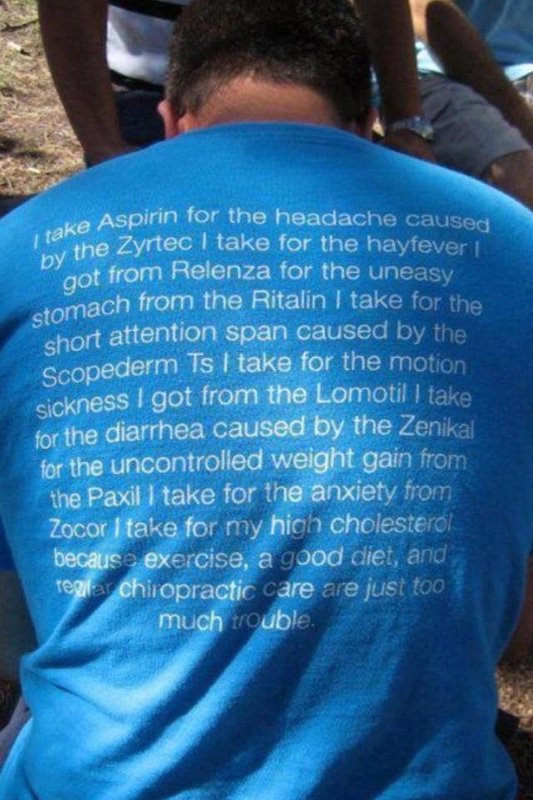
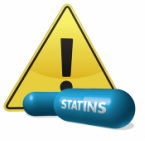
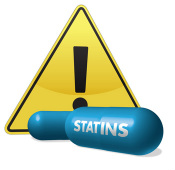
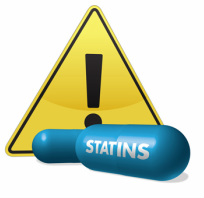

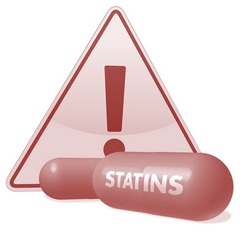

 RSS Feed
RSS Feed